Guns and Hunting
Countries That Took Their Citizens' Guns — and What Happened Next
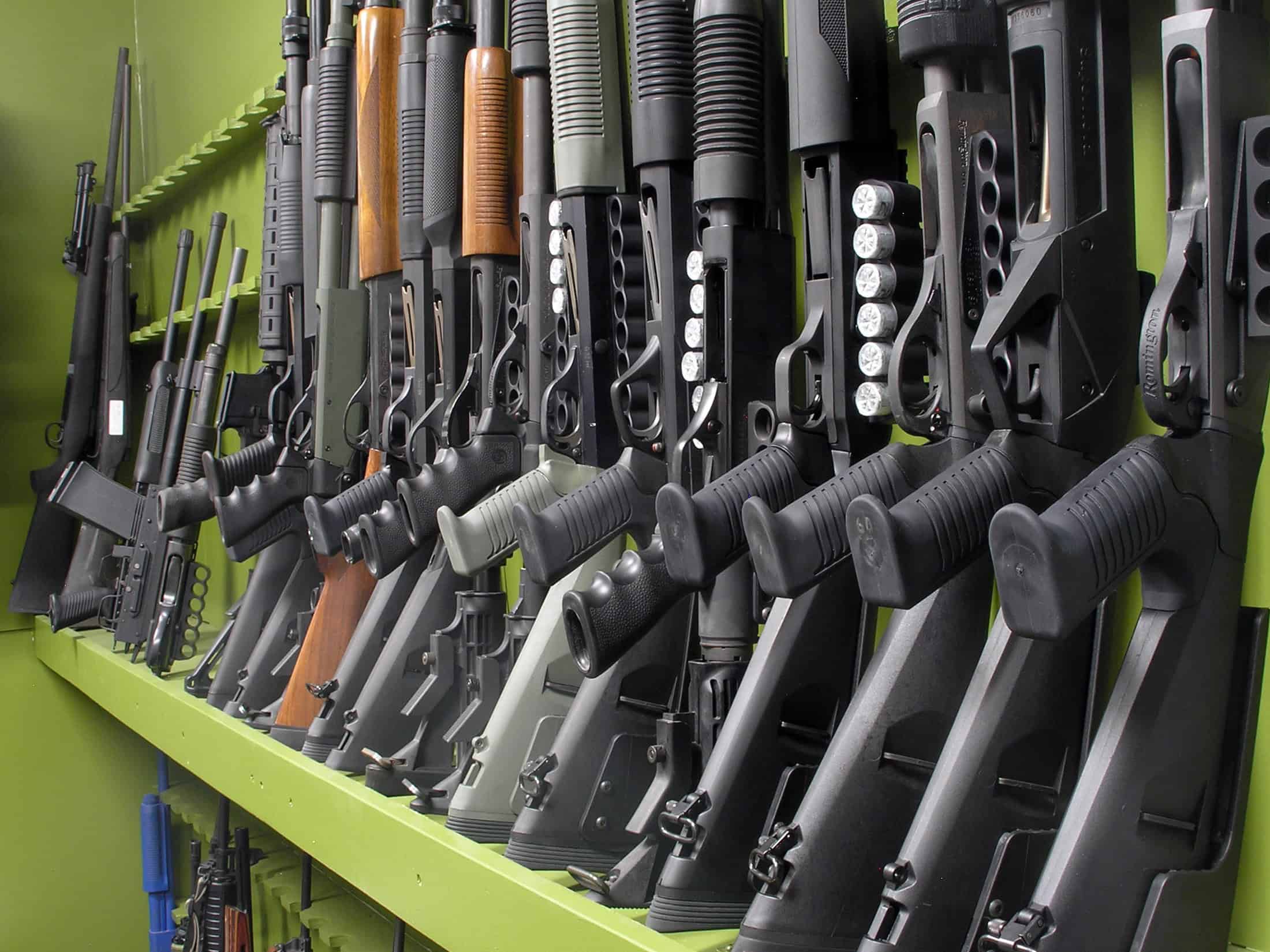
Published:

As 2024 comes to an end, there have been approximately 385 mass shootings in the United States, which continues to be a driving force around those who want to see more gun control. While the Second Amendment protects the right to bear arms, this issue has become even more contentious as school and workplace shooting numbers are moving in the wrong direction.
Gun restrictions have been met with varying success, depending on the country.
The United States is unlikely to enact any broad sweeping gun restrictions in the near future.
Some countries have restricted gun ownership out of fear of a public uprising against authoritarian or Communist leadership.
While the US continues to debate gun ownership, there are lessons to be learned from countries that have already gone down this path. With varying degrees of success, some nations, like Australia, China, and the United Kingdom, have banned guns outright to varying levels of public opinion. It’s these countries that may one day help guide the U.S. on what any sort of gun ban fallout could be.
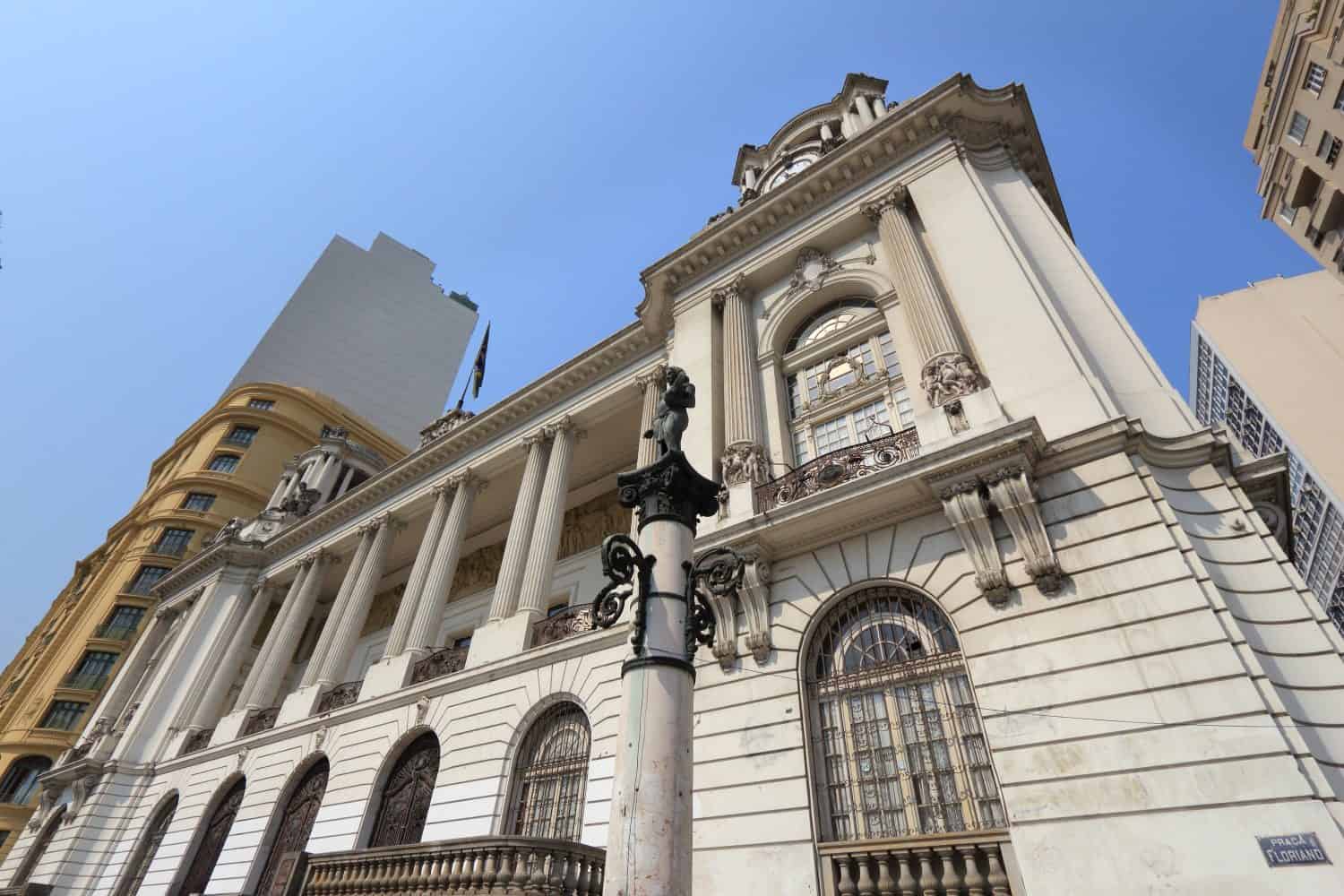

Brazil’s 2003 Disarmament Statue was put in place as a result of 36,000 gun-related deaths in the same year, leading to a 12% drop in firearm deaths over the next decade. The statute called for increased background checks and mental health reviews, as well as providing a “genuine need” to the government as to why you should own a firearm. There is a growing movement in the country to reduce gun restrictions so Brazilians can protect themselves in high-crime areas.


In modern-day China, should you be caught with an illegal firearm, the penalty is severe and can include up to life in prison. On the positive side, gun-related crimes are very rare in China, and the country has a very low firearm-related death number. Still, critics of the 1966 gun ban in China can’t help but claim this policy was put in place to boost authoritarian rule and prevent any uprisings against China’s Communist Party power.
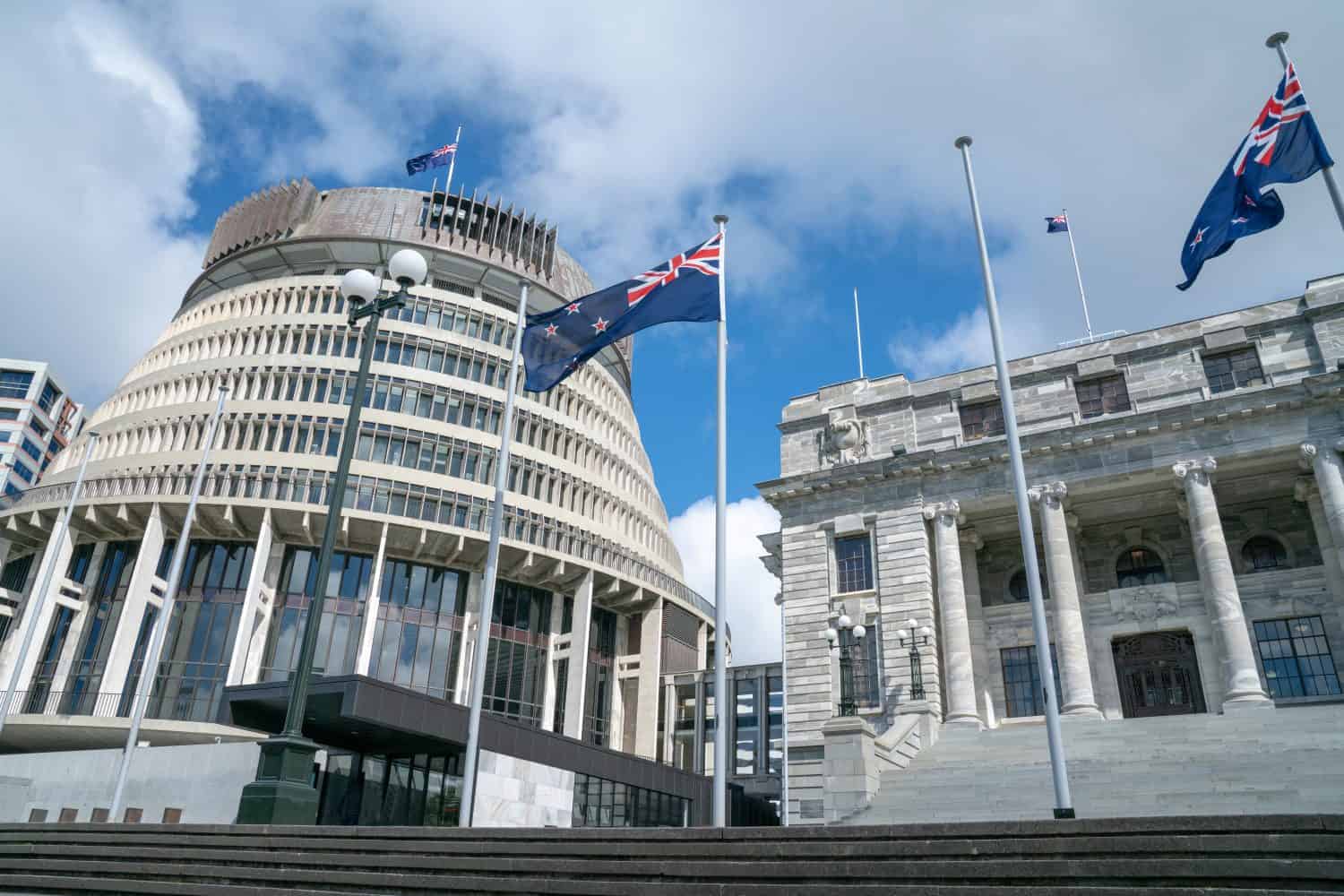
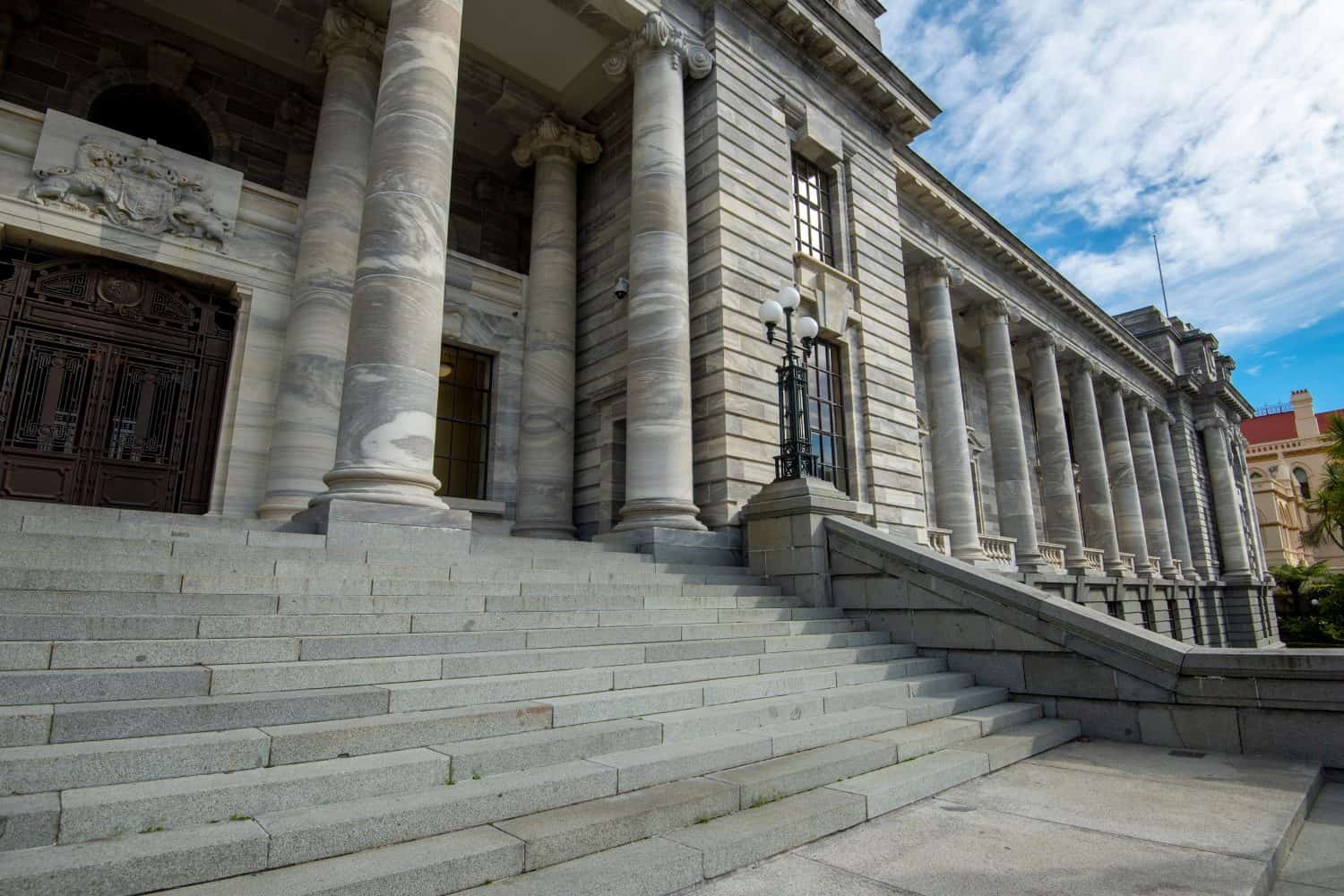
Almost immediately, the reaction to the new gun law in New Zealand was positive. A national buyback program resulted in over 56,000 firearms being turned over. While gun owners complained, the government quickly considered the program a success in removing thousands of high-risk weapons off the streets. There is still a small but vocal movement of New Zealanders that continue to reject this gun policy as not going far enough to address illegal firearm possession, which still poses a threat.
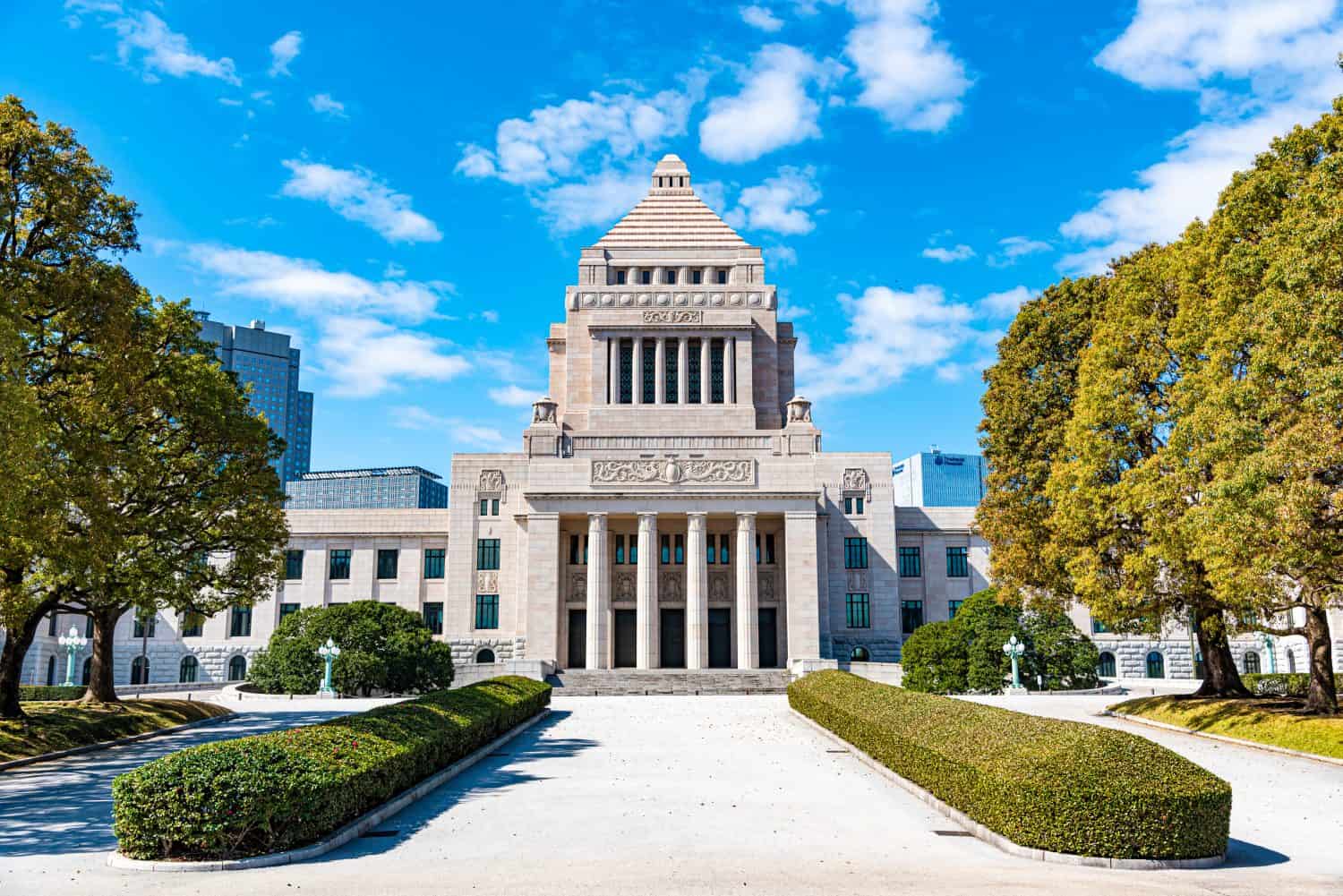
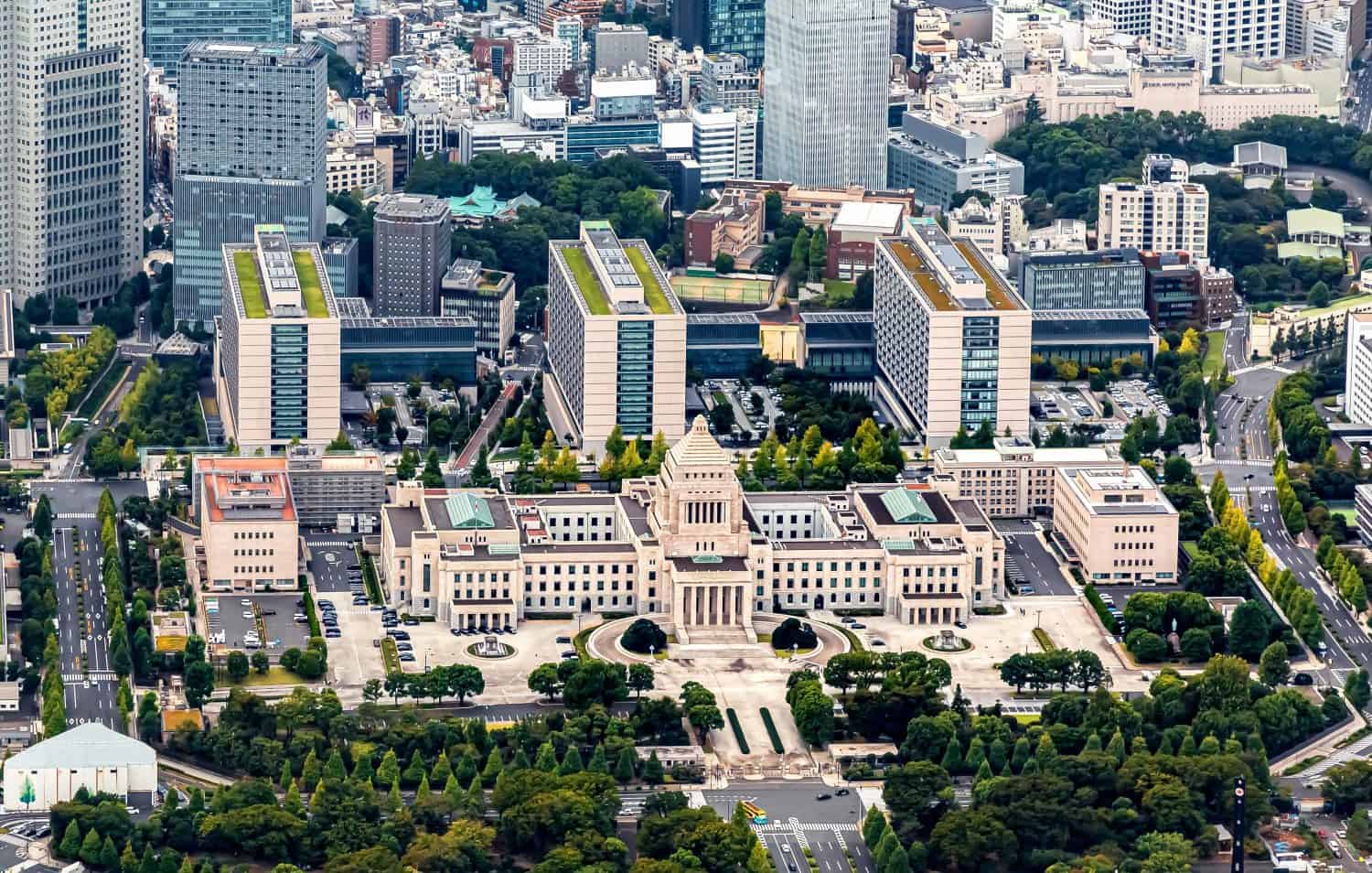
While violence can certainly take place in Japan, the country has one of the lowest firearm-related death rates annually. It’s believed less than ten people die per year in the country as a result of a firearm. The country has long been focused on nonviolence. While some groups argue firearm laws are too restrictive, the Japanese public remains heavily in favor of all existing gun regulations.
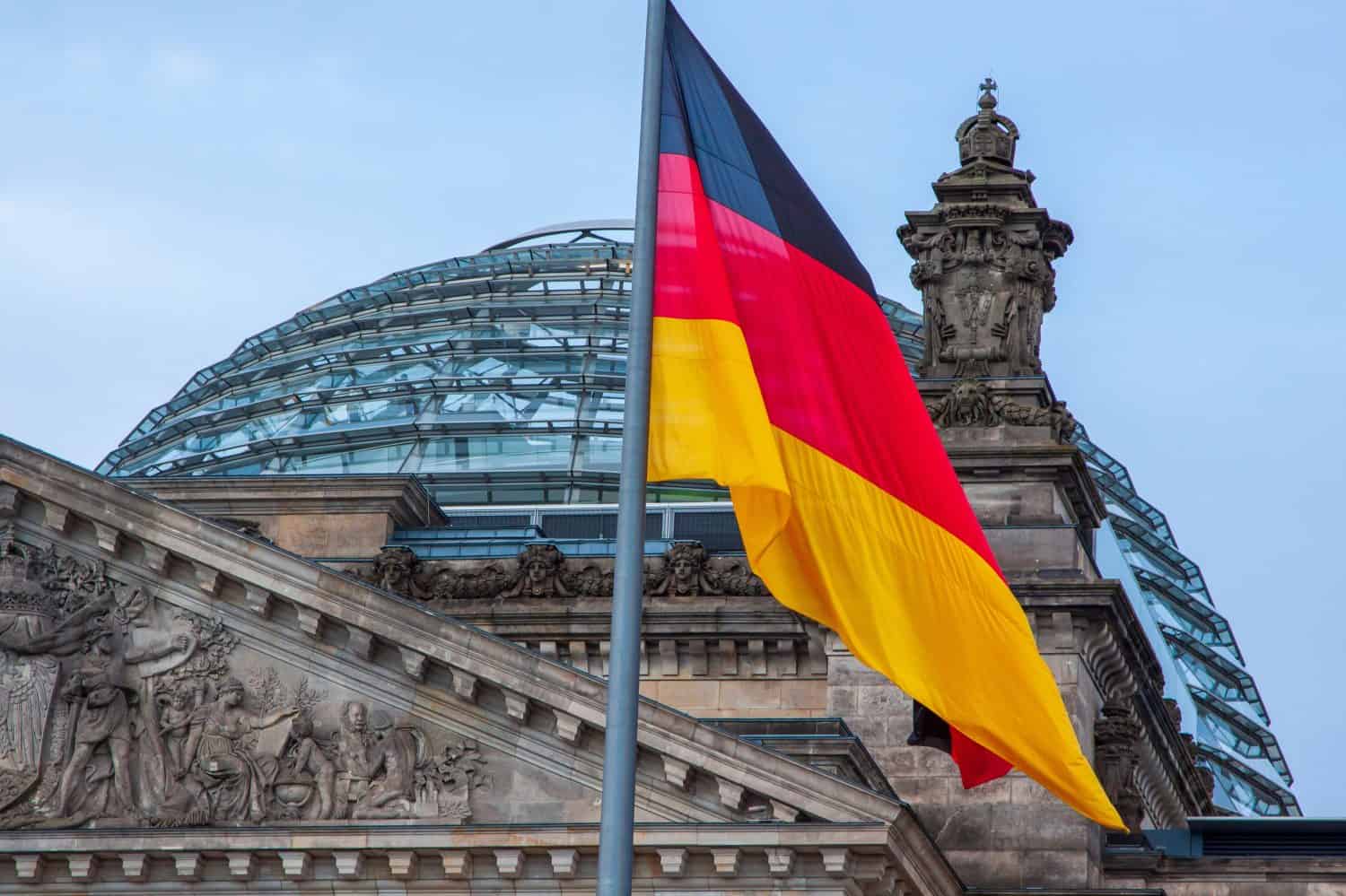
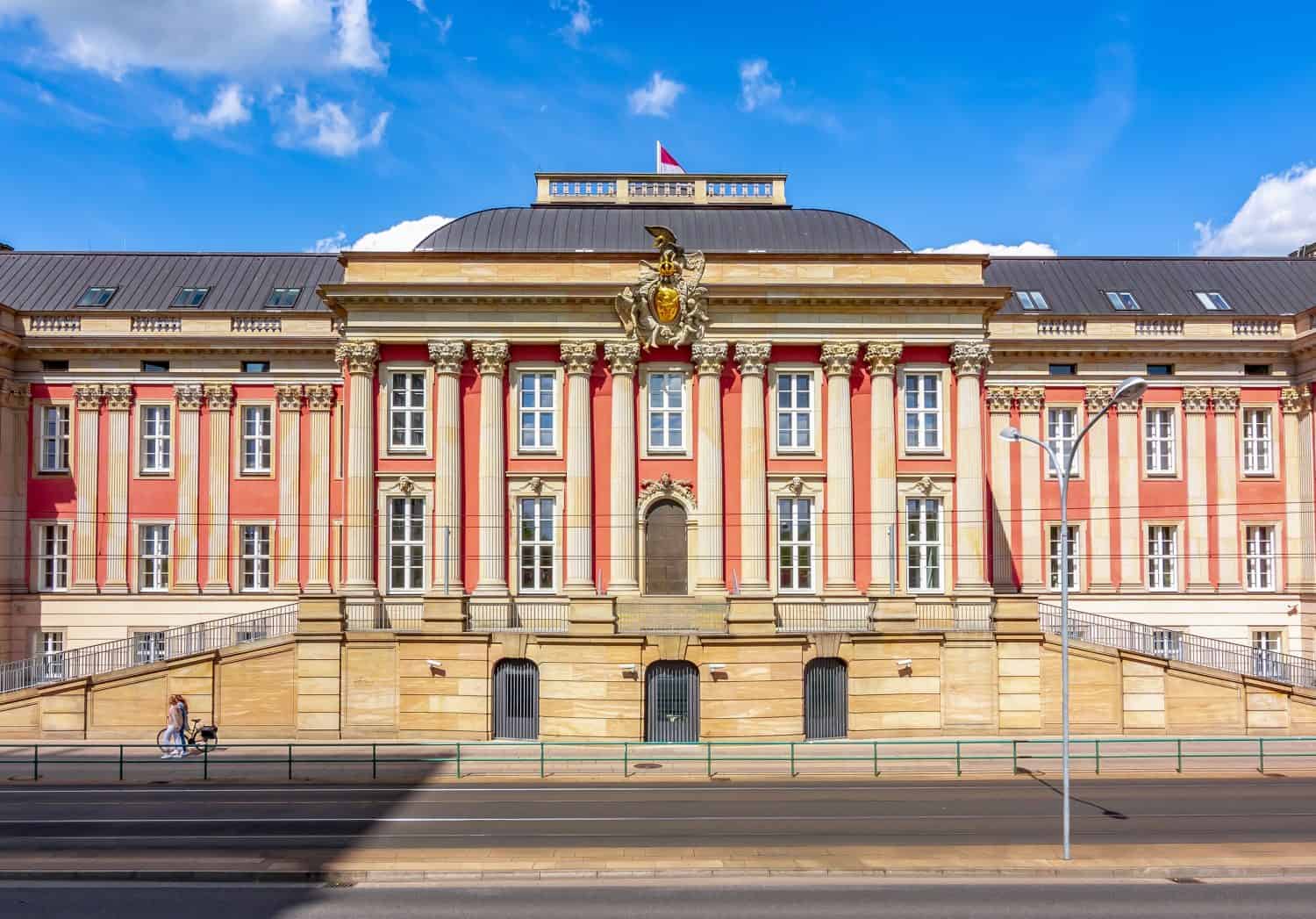
Germany was already home to one of the lowest firearm-related deaths in the world at the time of the 2003 shooting. The country was already averaging only 1 per 100,000 people annually killed as a result of a firearm. However, since the 2002 shooting, the German public has been extremely supportive of gun control as a public safety measure.
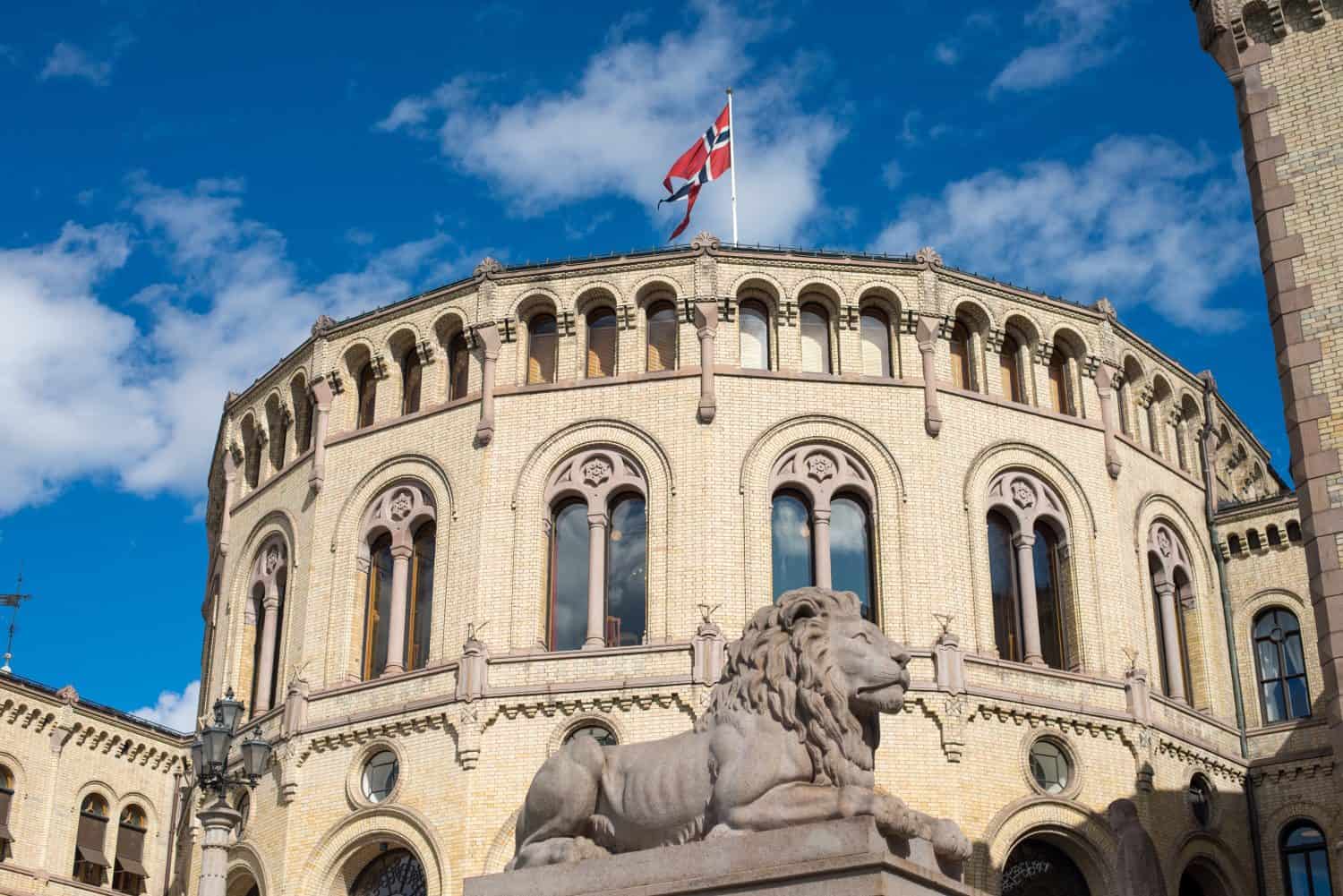
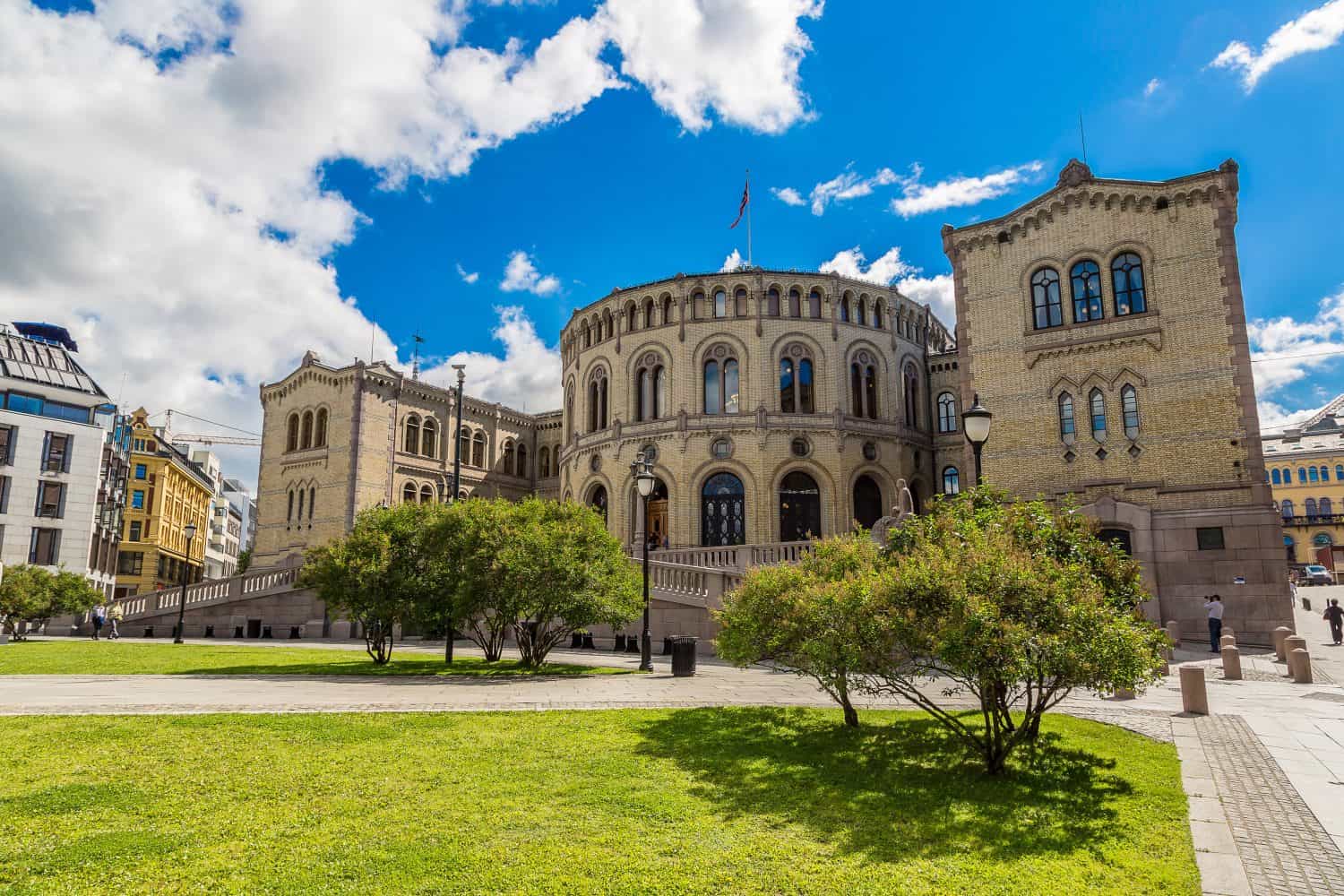
While Norway was already a country where firearm-related deaths were already low among Western nations, the government’s action led to stronger gun restrictions, which was a response to a public outcry after the 2011 attacks. While Norway has a history of hunting, the firearm restrictions enacted in 2018 respect these traditions while ensuring that hunting licenses require extensive background and mental health checks.


In 2012, Venezuela’s Authoritarian ruler, Nicolas Maduro, enacted the Control of Arms, Munitions, and Disarmament Law, which set forth a group of tight and restricted gun policies. While the move was seen as more political in an effort for Maduro to stop an uprising and stay in power, civilians were prohibited from owning firearms and ammunition, except for security firms or government loyalists. This policy continues to this day and has done little to quell the violence in the country.
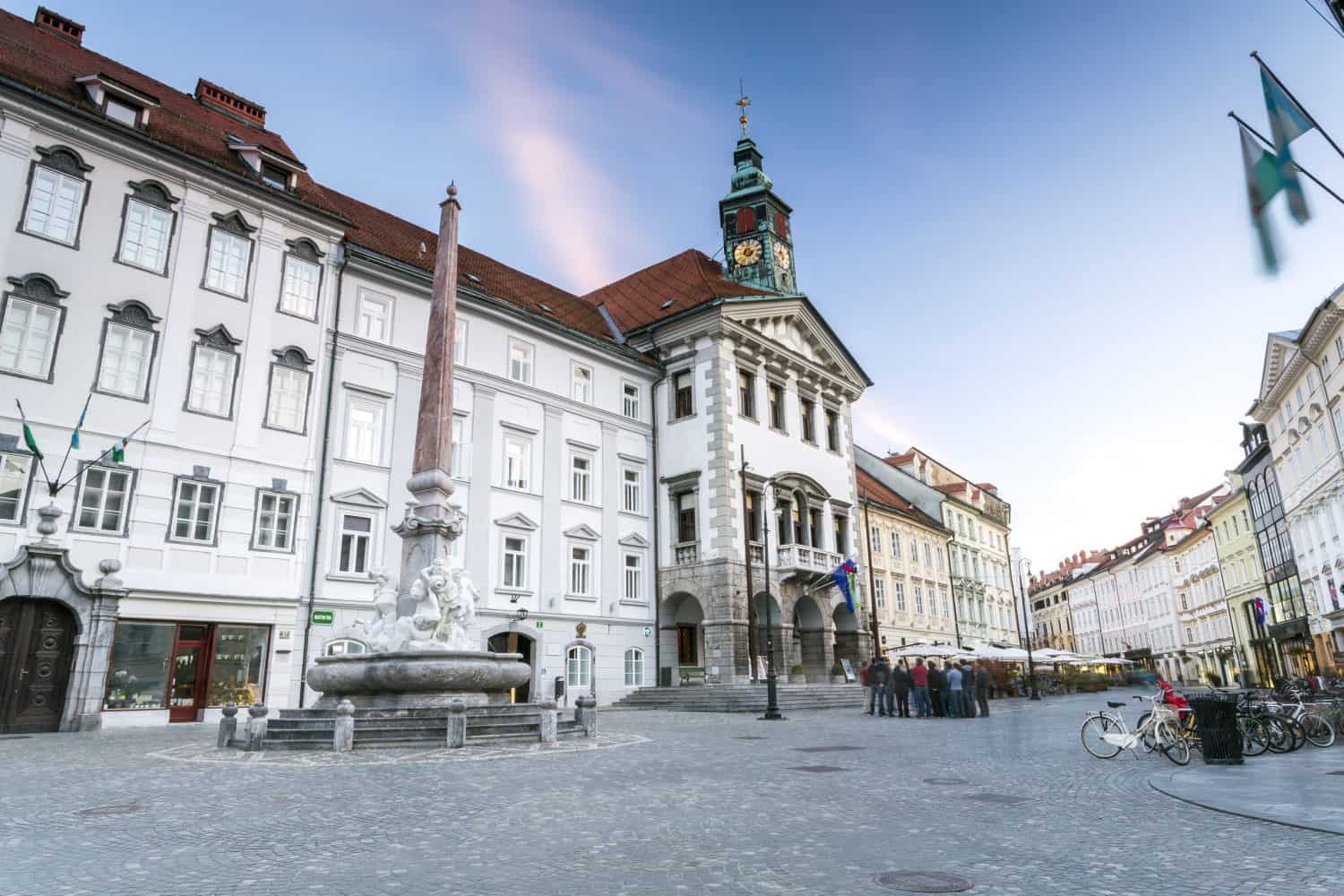
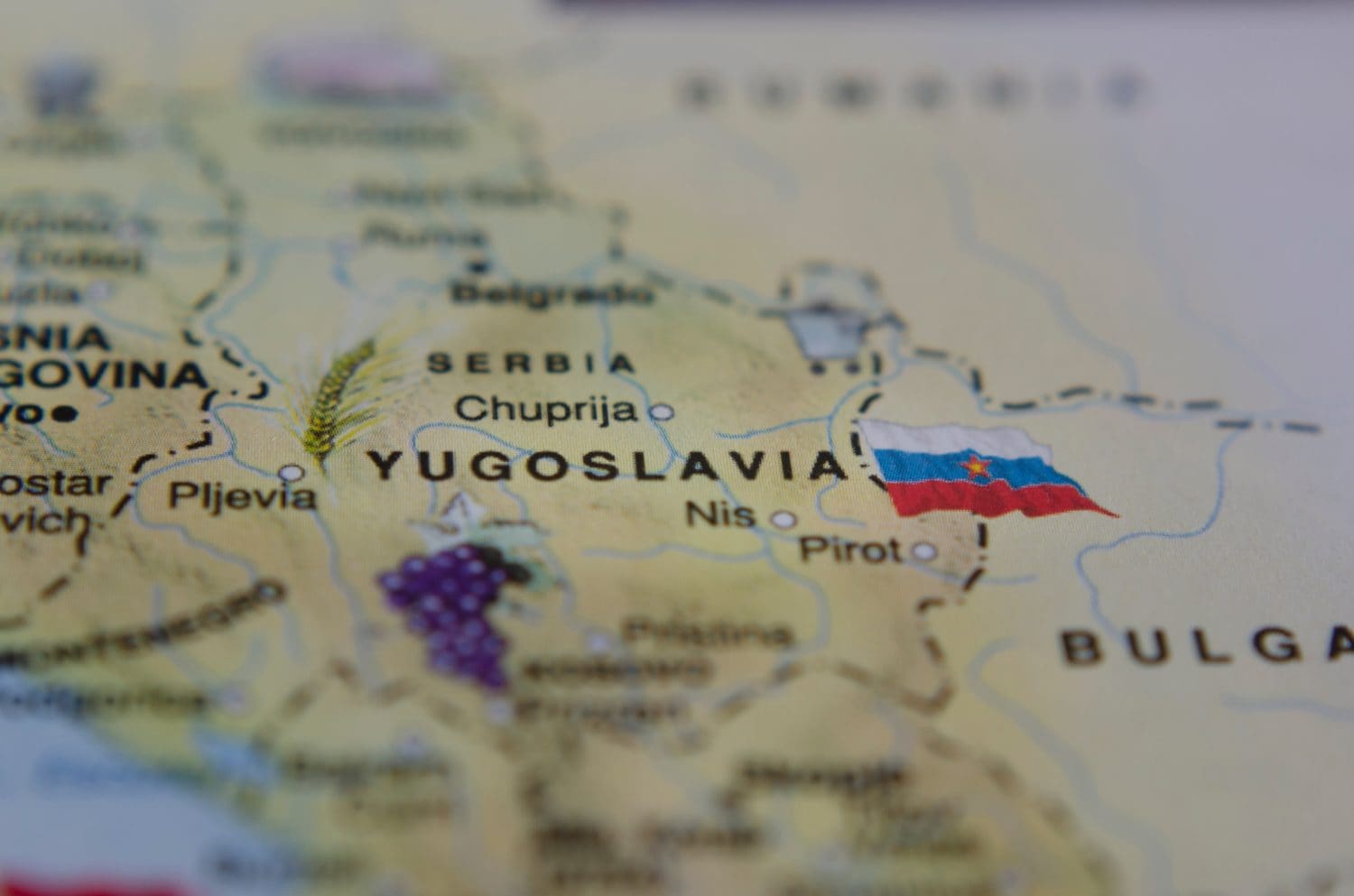
Before Yugoslavia was dissolved as a nation, it was a Communist country, and as a result, access to firearms was heavily restricted. In other words, the government had complete control over weapons access to prevent armed uprisings. After the country dissolved, firearms poured into the country, introducing a whole new set of conflicts, which eventually led to the Bosnian War.

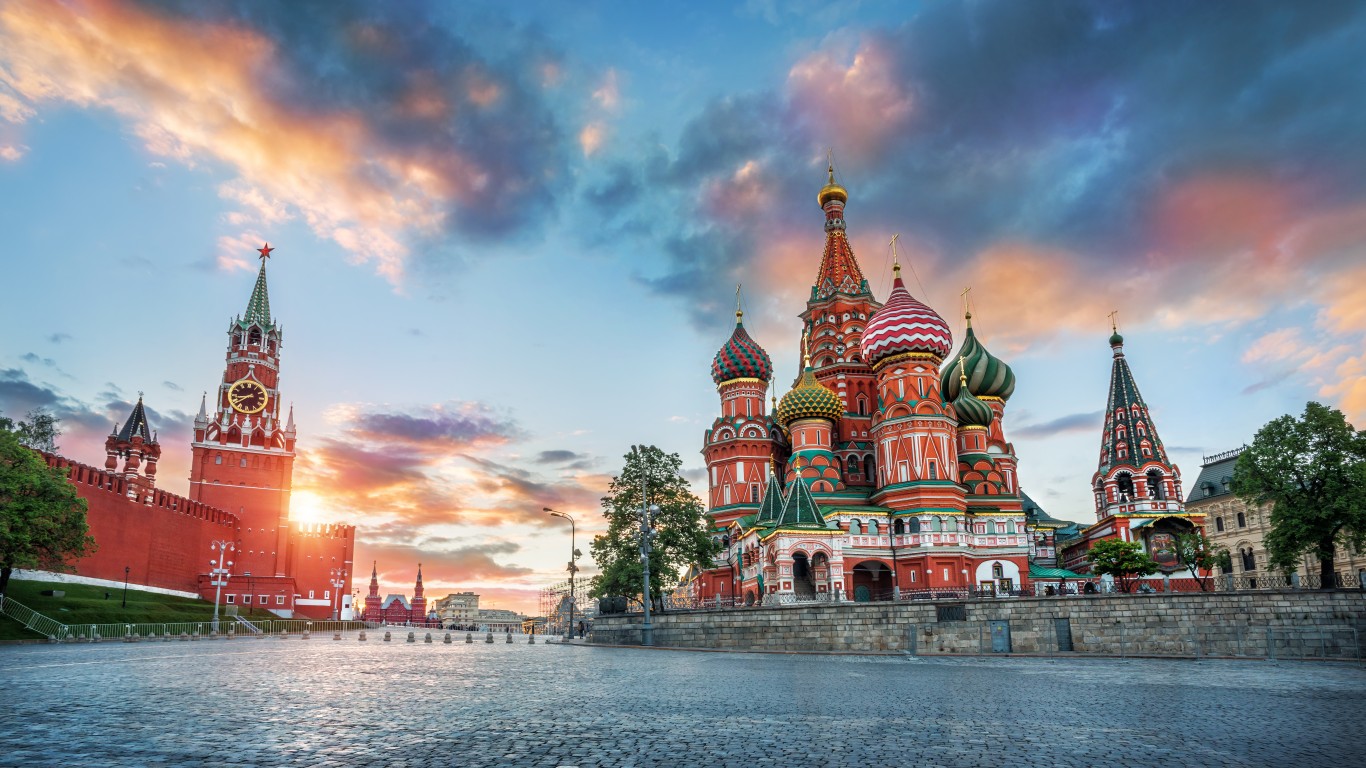
While Russia is far more flexible with firearm laws, Russia between 1917 and 1991 under Communist rule was a very different story. Strict gun laws within the Soviet government were set up to limit the opportunity for armed resistance to form. After the collapse of the Soviet Union in 1991, civilians can now own hunting rifles and small-caliber firearms, which are heavily regulated. Still, unauthorized firearm possession remains a crime punishable by prison or worse.
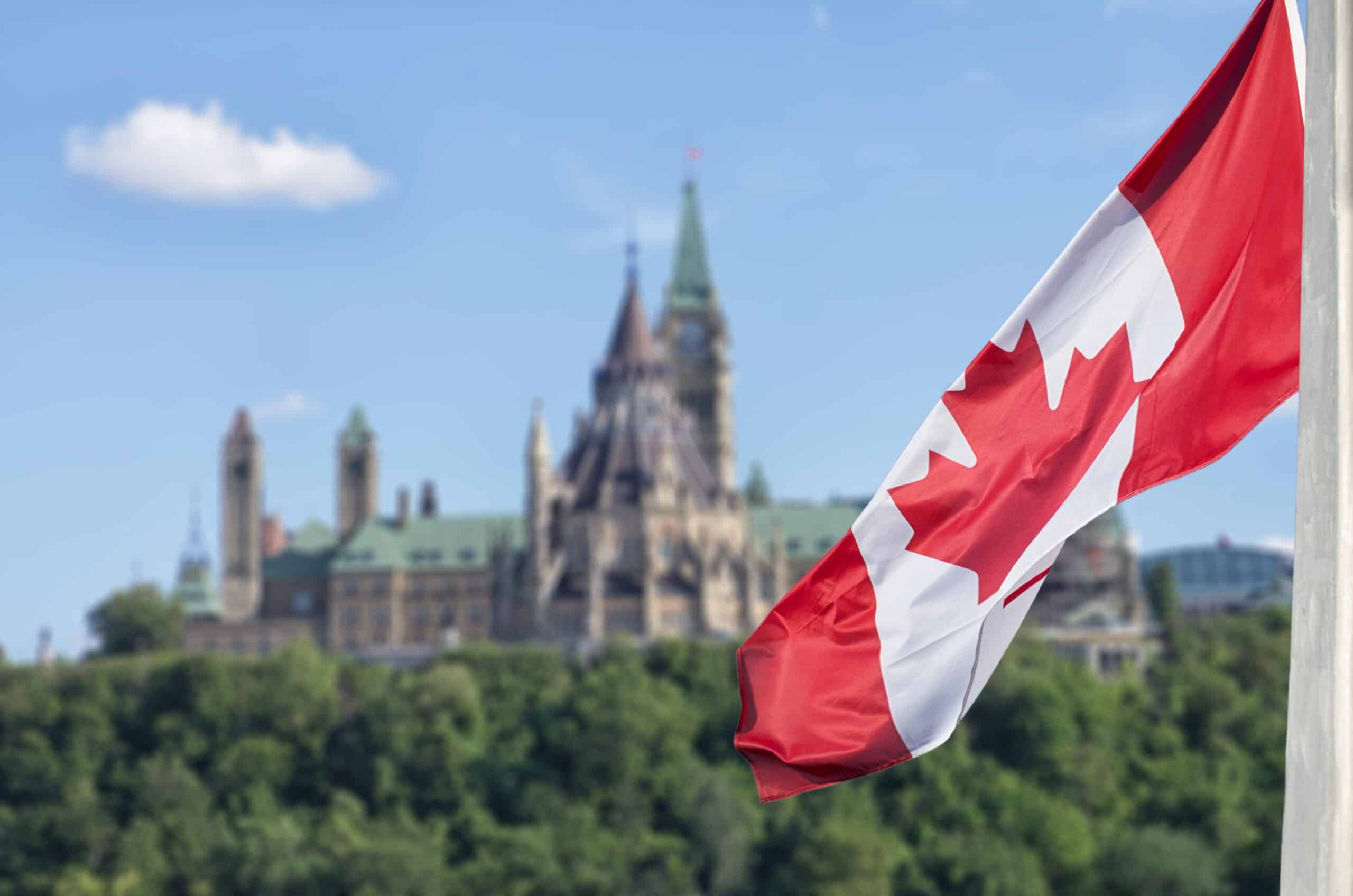

As a result of the Firearms Act and the ban of over 1,500 assault-style firearms by Prime Minister Justin Trudeau in 2020, firearm-related deaths in Canada are far lower than that of its neighbors to the south. Polls continue to show that most Canadians are in favor of strict gun control measures, so there continues to be a government mandate to maintain the current status quo around firearm measures.
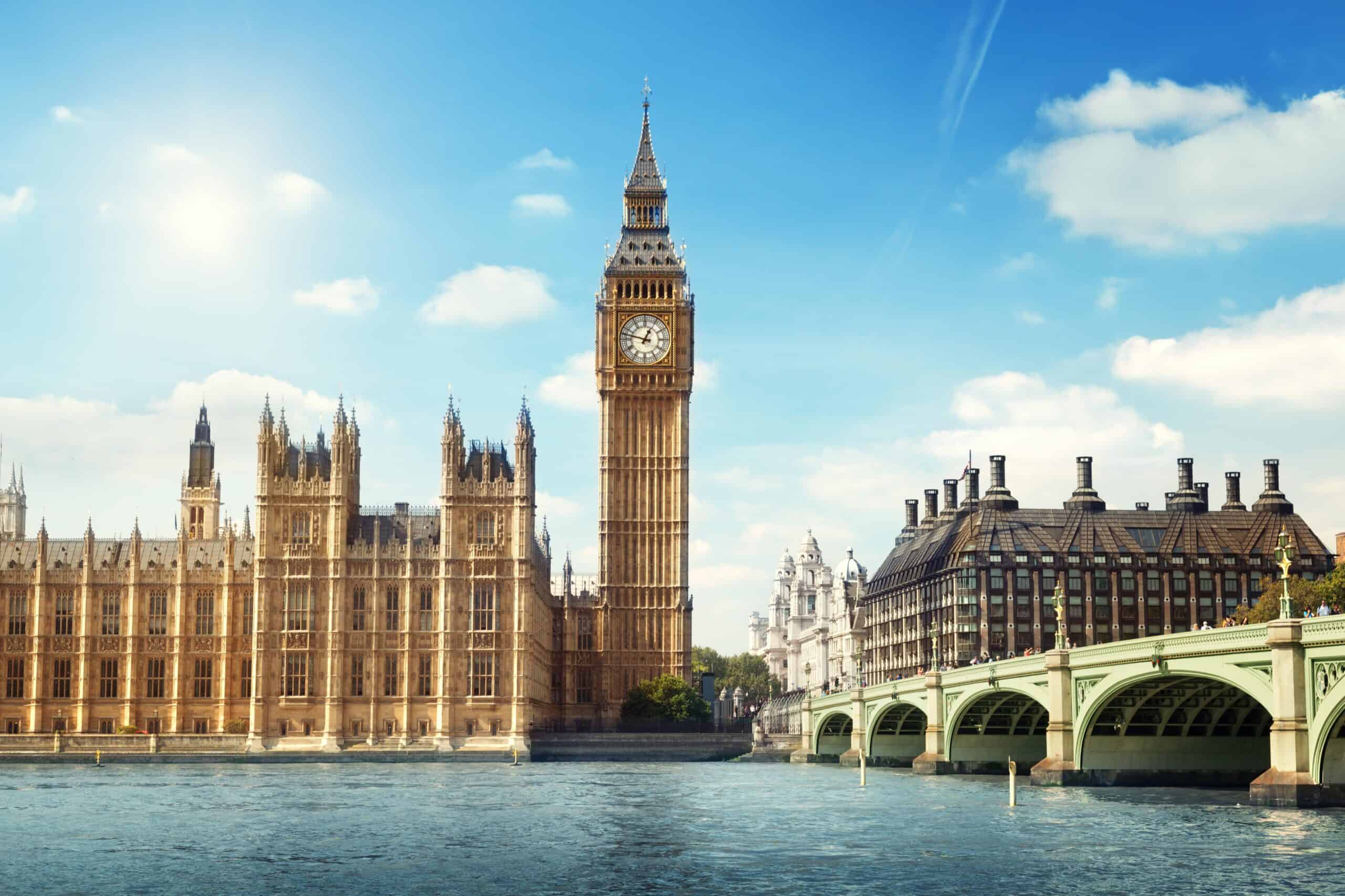
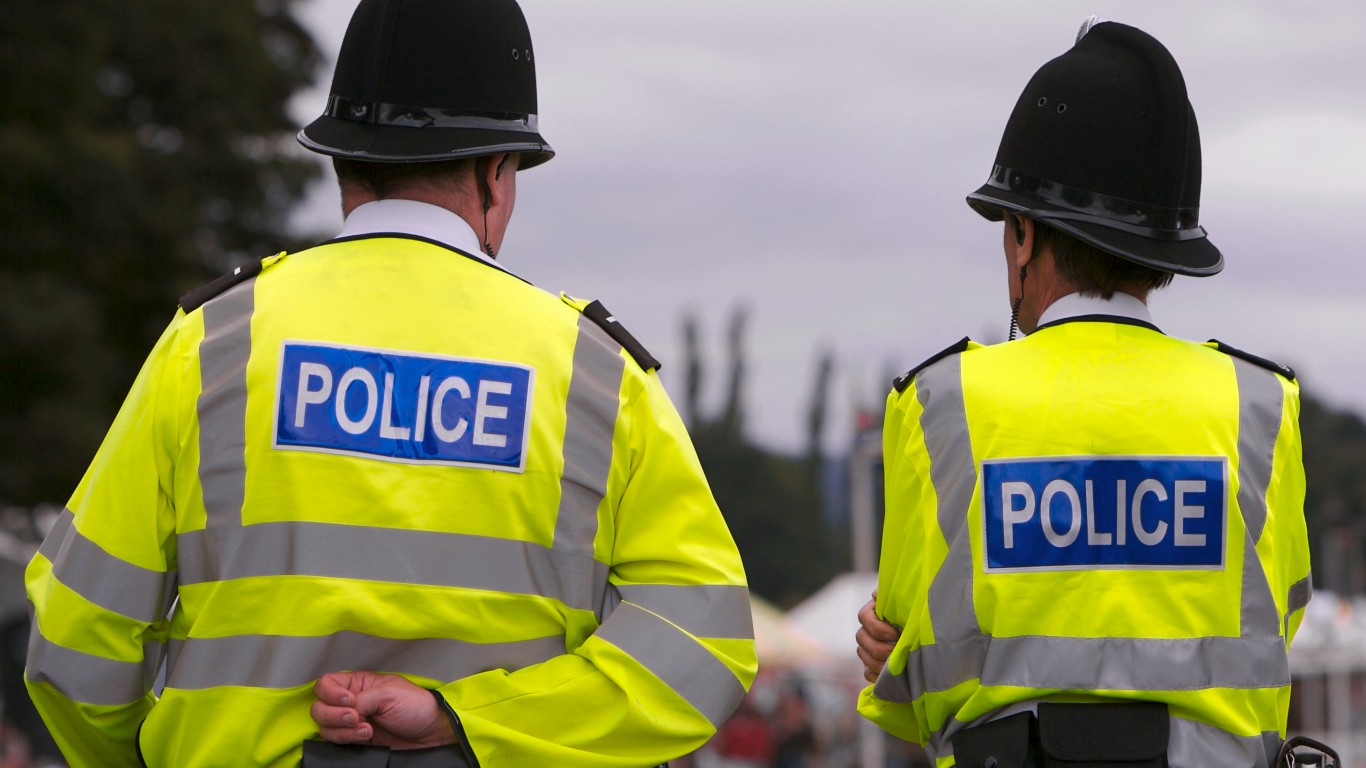
In the aftermath of the school shooting, Prime Minister John Major banned all handguns in mainland Britain and enacted strict background checks, safe storage requirements, and mental health evaluations. Within a decade, gun homicide rates were among the lowest in the world. In addition, over 162,000 firearms were surrendered with a buyback program. However, knife-related crimes increased in Britain, which was an indicator of the change in criminal behavior in the country.

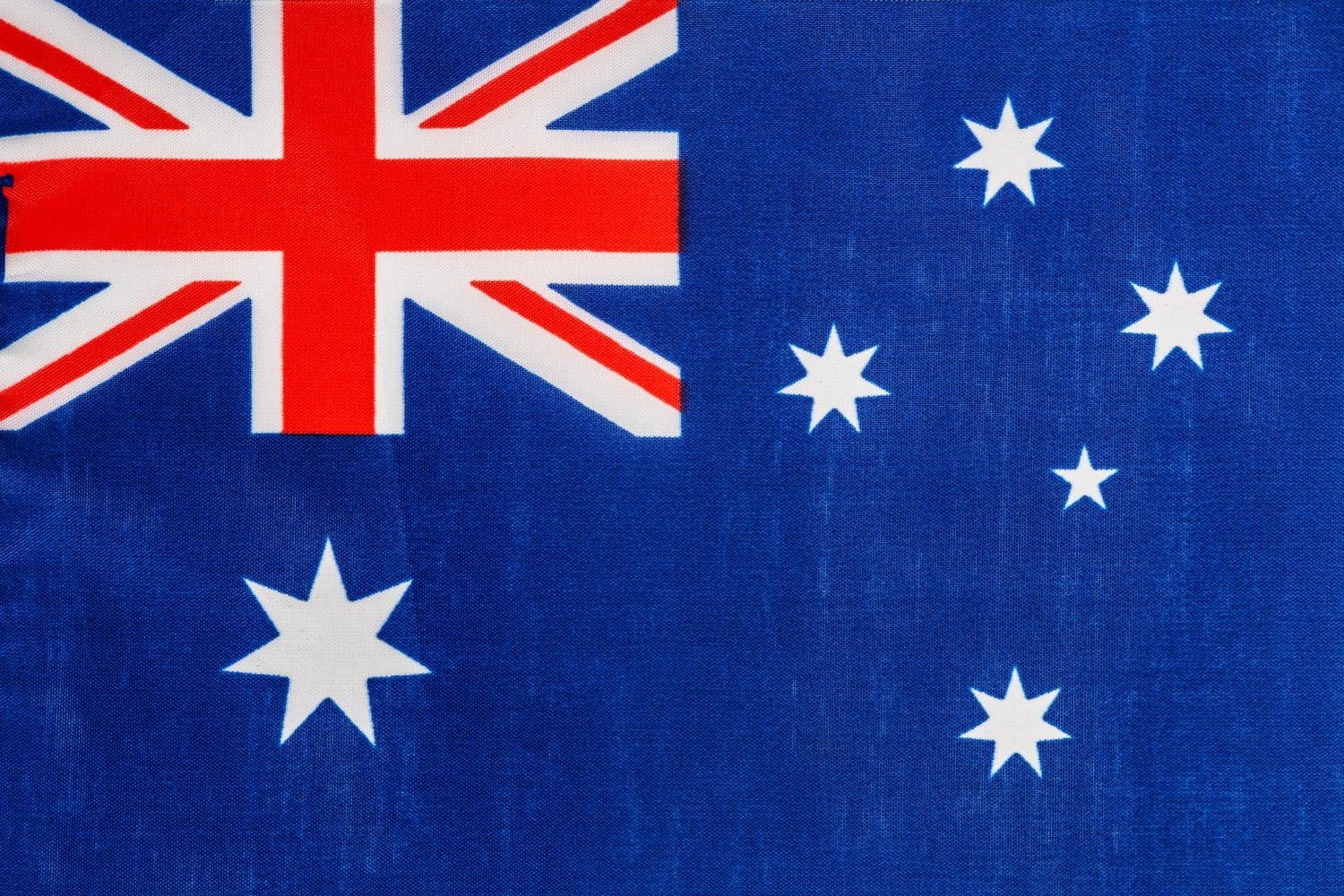
After Prime Minister John Howard introduced the NFA, Australia also initiated a gun buyback program, which destroyed 650,000 firearms. As a result, gun violence in Australia has seen a 59% reduction in firearm-related homicides and a 65% drop in suicides. More importantly, there hasn’t been a single mass shooting of five or more people in the country since the NFA was enacted in 1996.
Are you ready for retirement? Planning for retirement can be overwhelming, that’s why it could be a good idea to speak to a fiduciary financial advisor about your goals today.
Start by taking this retirement quiz right here from SmartAsset that will match you with up to 3 financial advisors that serve your area and beyond in 5 minutes. Smart Asset is now matching over 50,000 people a month.
Click here now to get started.
Thank you for reading! Have some feedback for us?
Contact the 24/7 Wall St. editorial team.